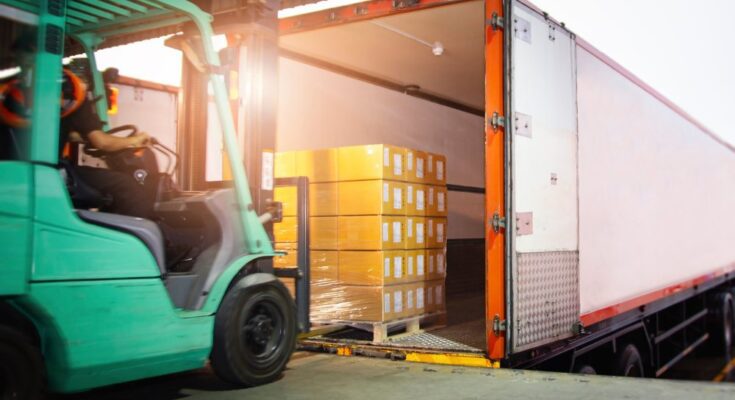Selecting the correct securement system is crucial to maintaining the integrity of goods in transit while ensuring safety and efficiency within the supply chain. Improper securement can lead to freight shifting, resulting in damage, delays, and even hazards for workers. Whether transporting via road, rail, or ocean freight, choosing the right system plays a pivotal role in mitigating risks and protecting assets.
Understanding how to choose the right securement system for your freight requires knowing the specific demands of your cargo and mode of transportation.
Understanding Securement Fundamentals
At its core, securement involves blocking and bracing freight to prevent movement during transit. These systems are designed to stabilize goods, reducing the risk of impact and ensuring product integrity from point A to point B. For trucking companies and logistics managers, employing proper securement systems is not just about damage control; it’s about associate safety.
A shifting load endangers unloading personnel and compromises the effectiveness of supply chains. Over-the-road shipments, rail transport, and ocean freight all affect cargo in unique ways, requiring tailored securement solutions that prioritize stabilization and protection.
Critical Factors in Selecting Securement Systems
Knowing how to choose the right securement system for your freight begins with evaluating your cargo. The type of freight, load configuration, and stacking method determine what level of securement is necessary. Fragile items require precision, while partial loads might demand more adaptable solutions. Additionally, each mode of transport presents different challenges. Over-the-road shipping typically encounters sharp braking and turns, rail freight undergoes lateral jolts, and ocean containers experience rolling and pitching forces.
Safety is another key consideration. Securement systems should not only stabilize loads but also be safe and straightforward for workers to install. Ease of use minimizes delays during operations and lowers the risk of injury. Furthermore, the system’s durability ensures it can endure vibrations, braking forces, and long hauls without compromising strength. Adopting systems capable of withstanding ten times the force of standard metal locks is a strategic way to protect both the freight and the people handling it.
Compliance With Industry Standards
Staying compliant with freight securement regulations is non-negotiable in the logistics industry. For instance, rail shipments must meet the rigorous standards set by the American Association of Railroads (AAR). Adhering to such guidelines not only avoids penalties but also ensures the safety of your goods and personnel. Regularly reviewing current freight securement rules helps businesses stay aligned with regulatory practices while reinforcing operational reliability.
Comparing Securement Options
Popular securement methods—including load bar systems, wedge systems, strapping, and flooring options—meet a range of freight demands. Load bars adapt easily to different load sizes, while wedge systems work best for securing freight against bulkheads.
Strapping systems handle lightweight or irregularly shaped cargo, and flooring systems create strong, full-contact securement ideal for shipments requiring high friction. Logistics teams improve freight stability and safety by choosing the right system and understanding the rules for freight securement attachments that govern compliant loading practices.
Secure Your Freight and Prioritize Safety
Choosing the appropriate securement system is a strategic decision that impacts efficiency, safety, and cost-effectiveness. By understanding your freight, transport forces, and regulatory requirements, you can minimize risks while protecting workers and goods. Remember, freight securement is not just a logistical necessity; it’s a pivotal element of your business strategy.



